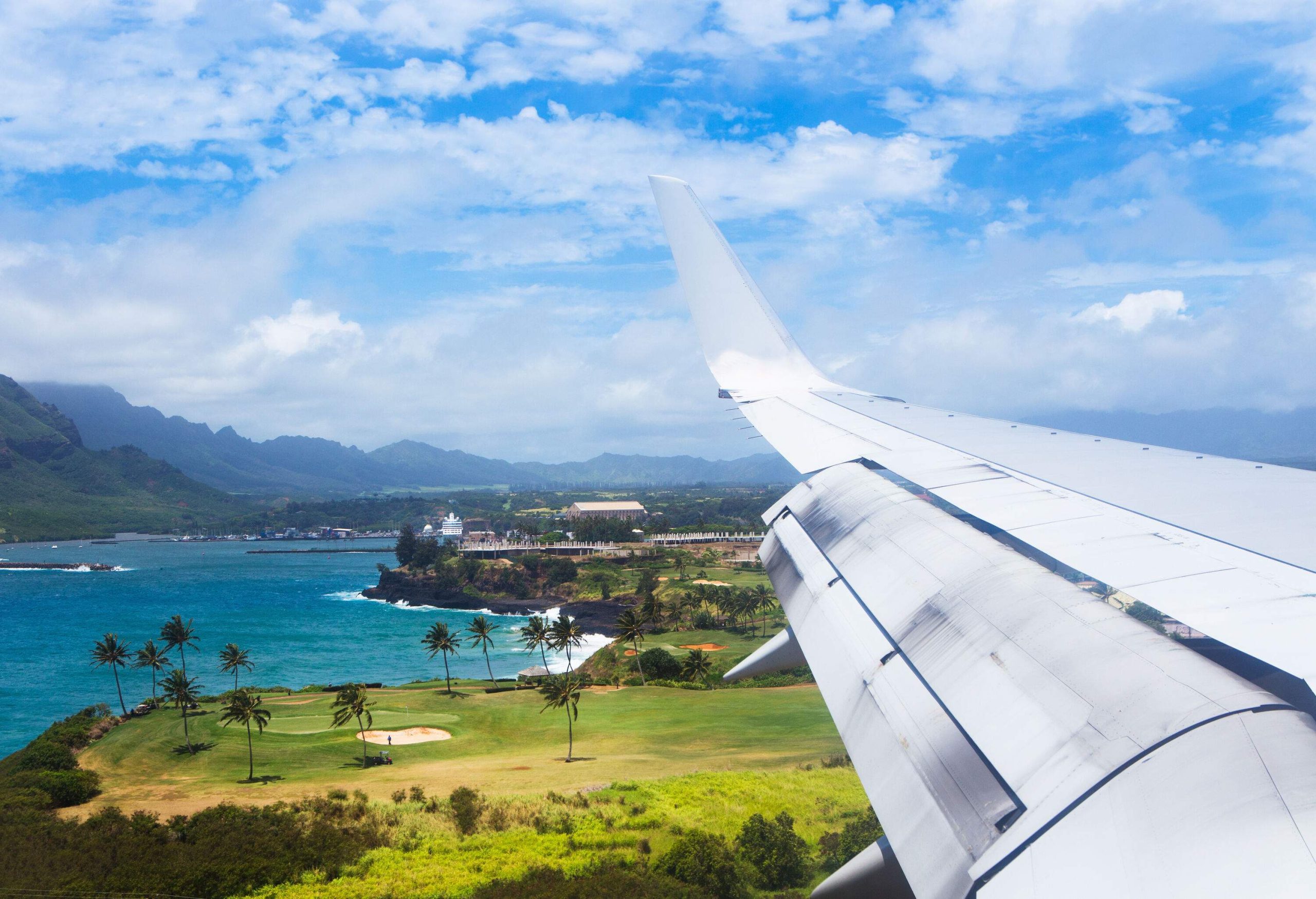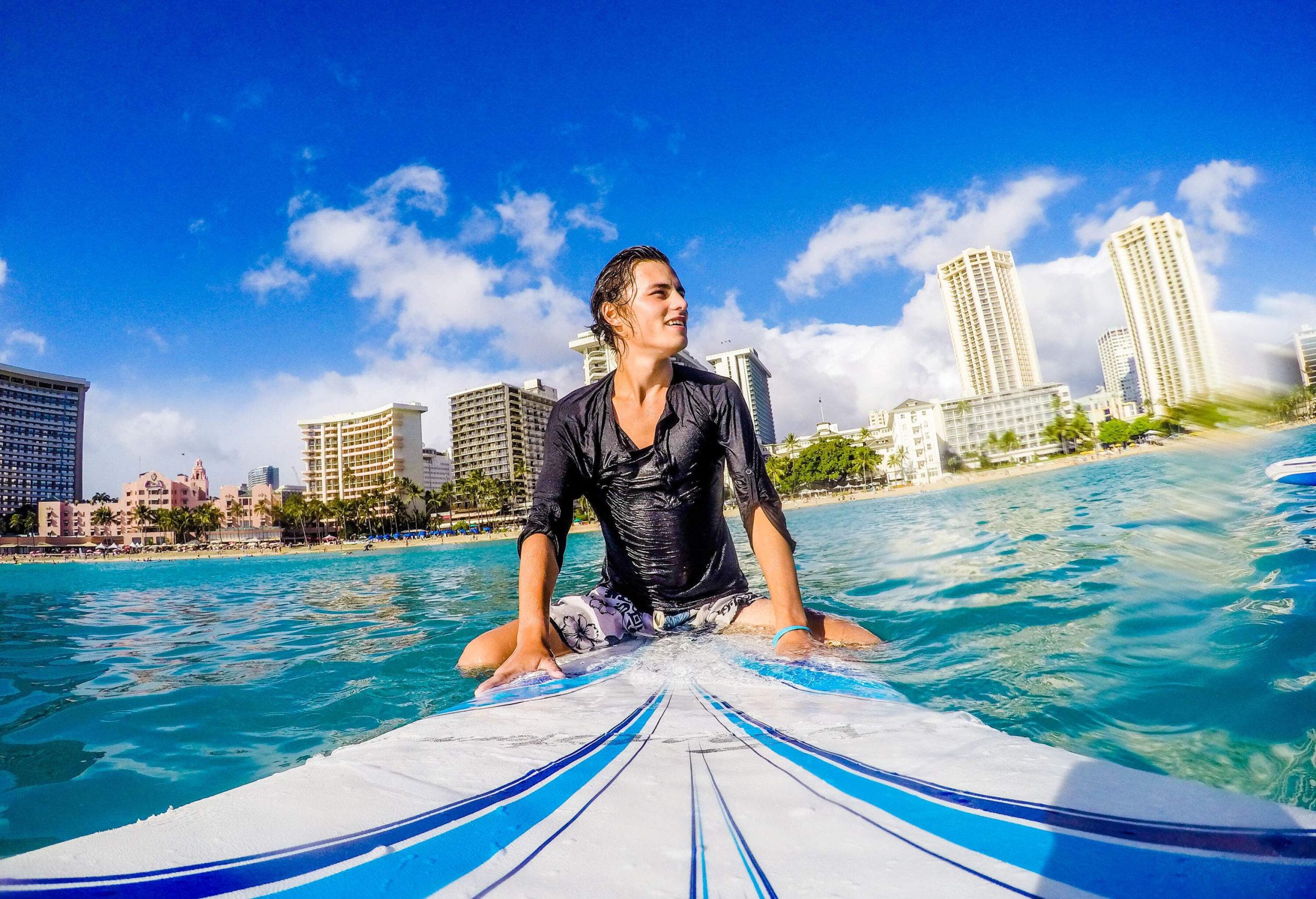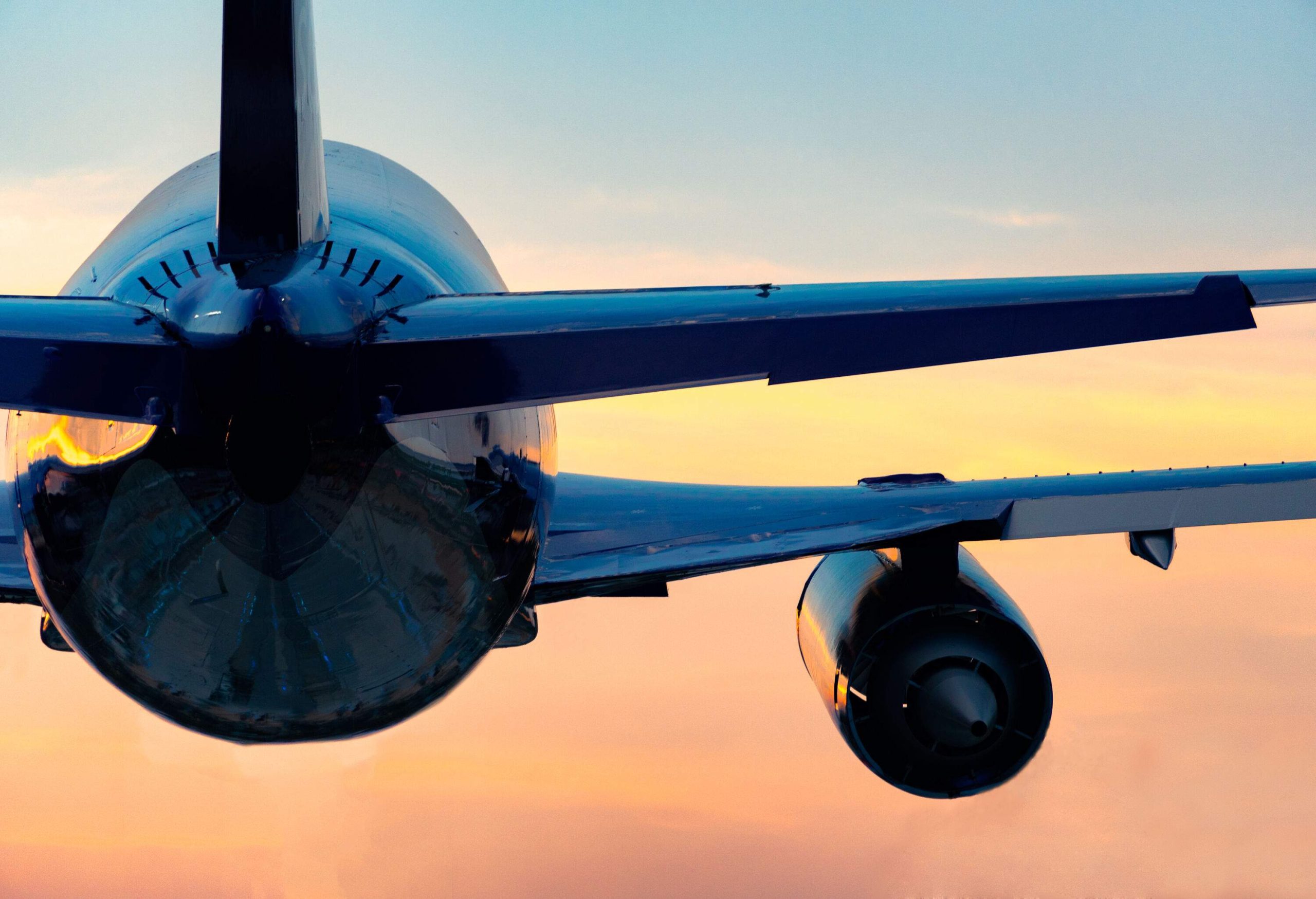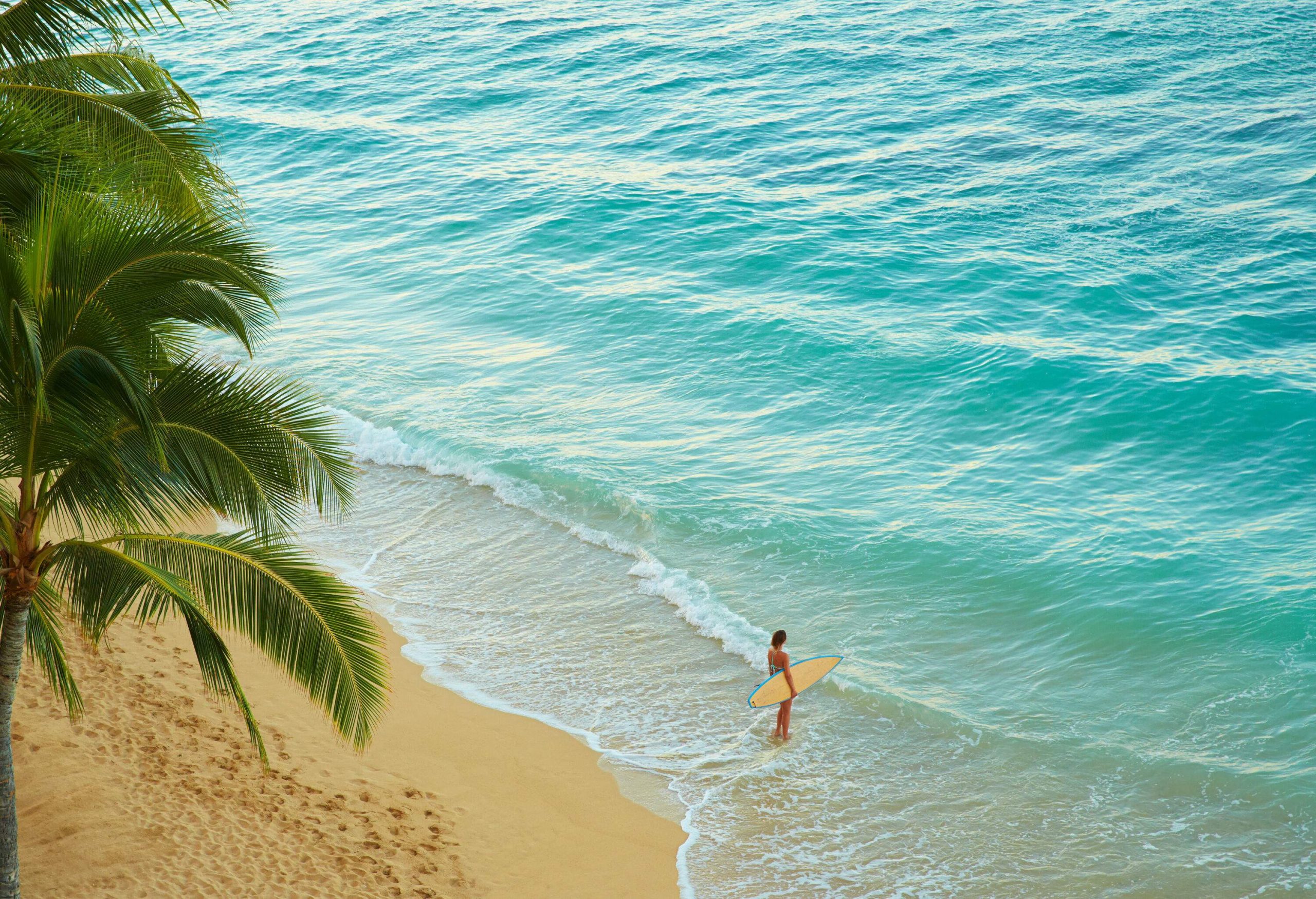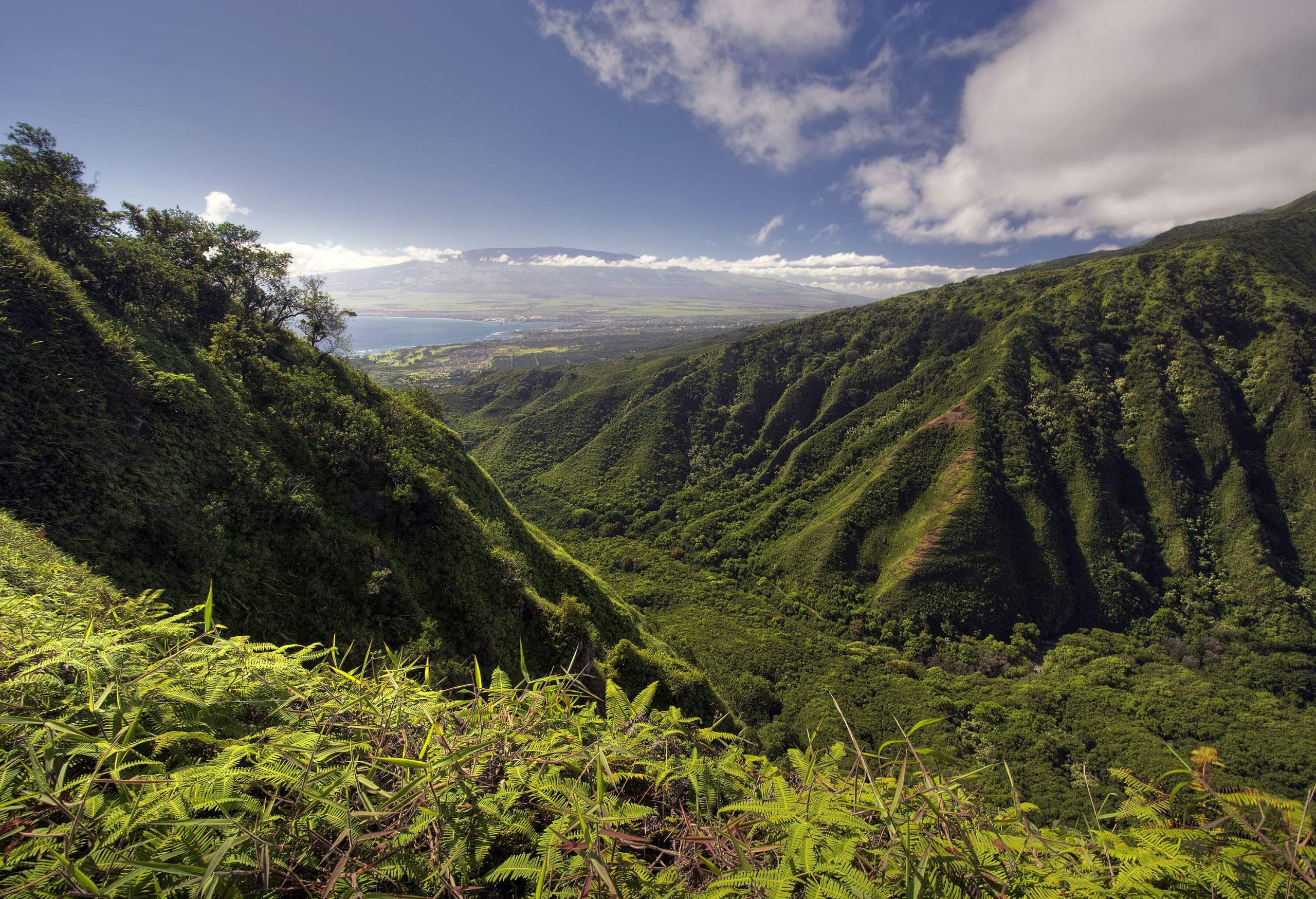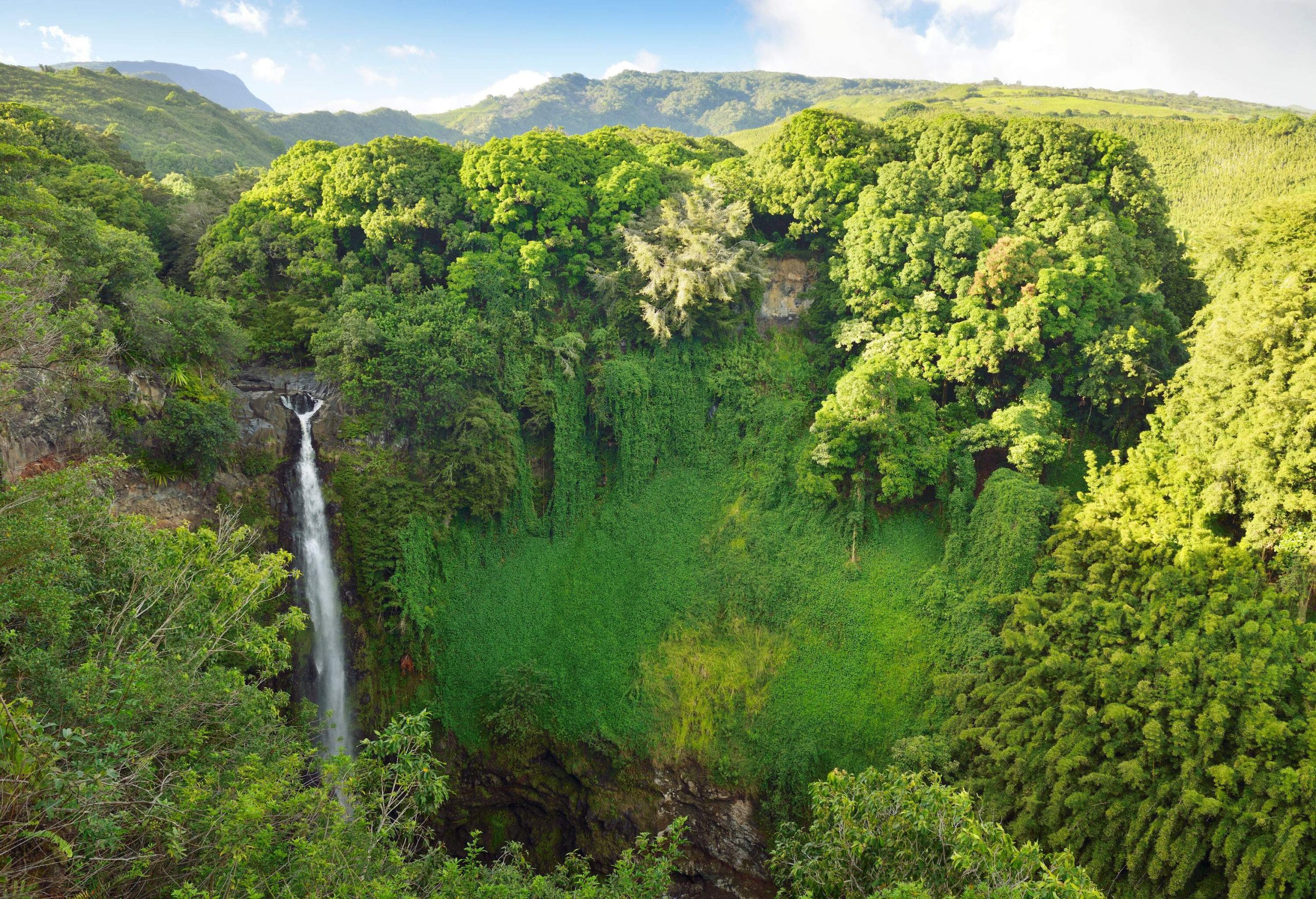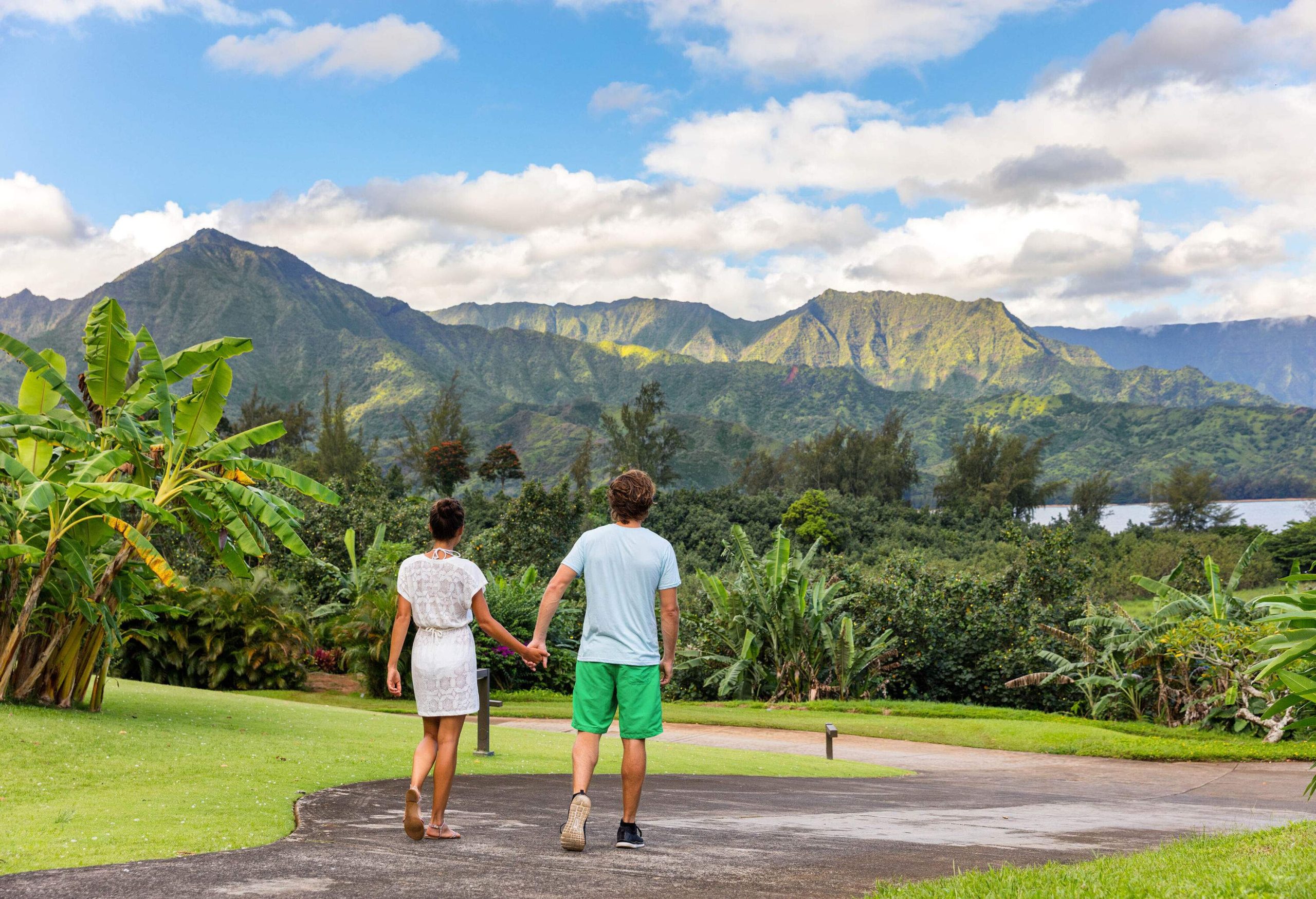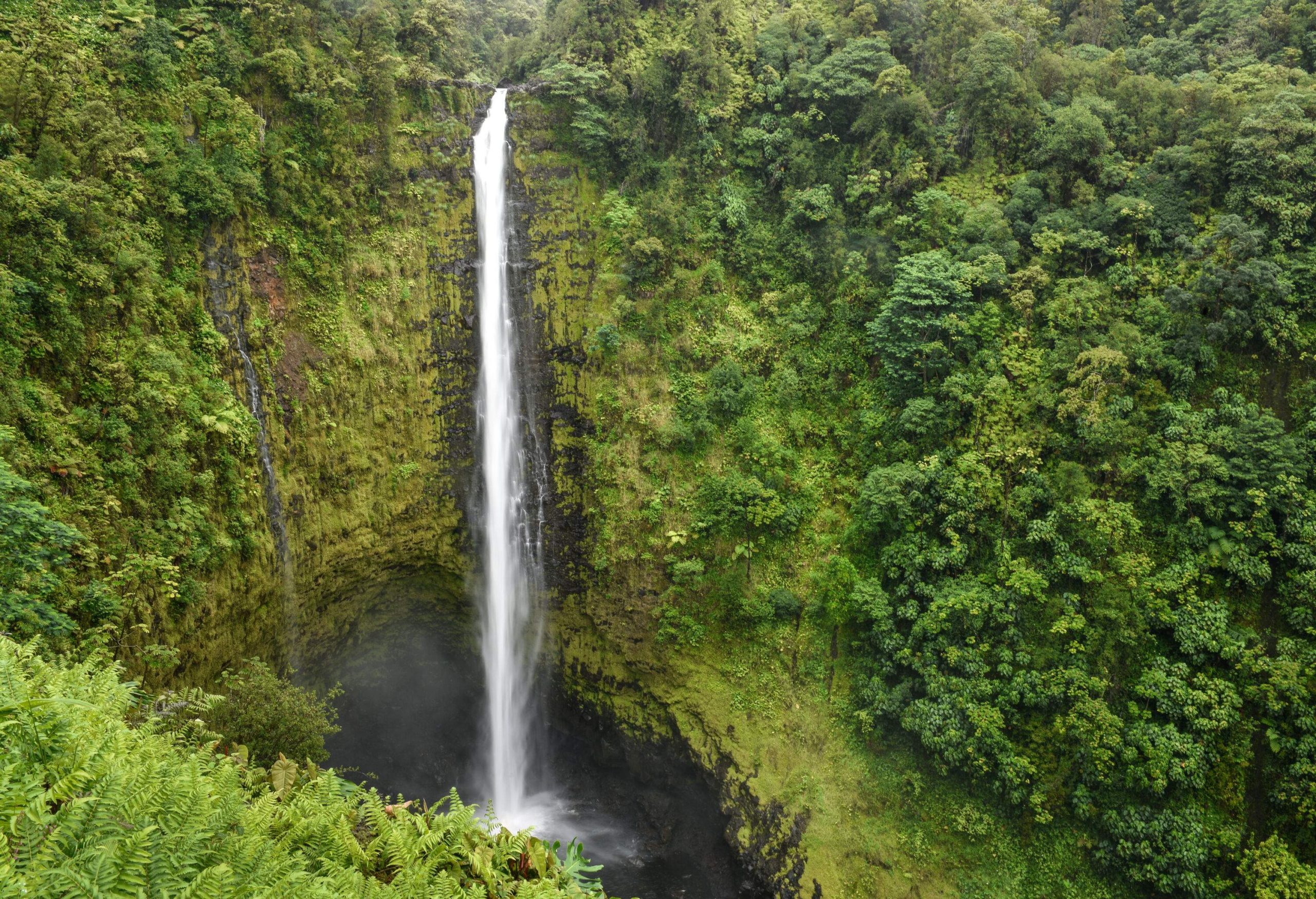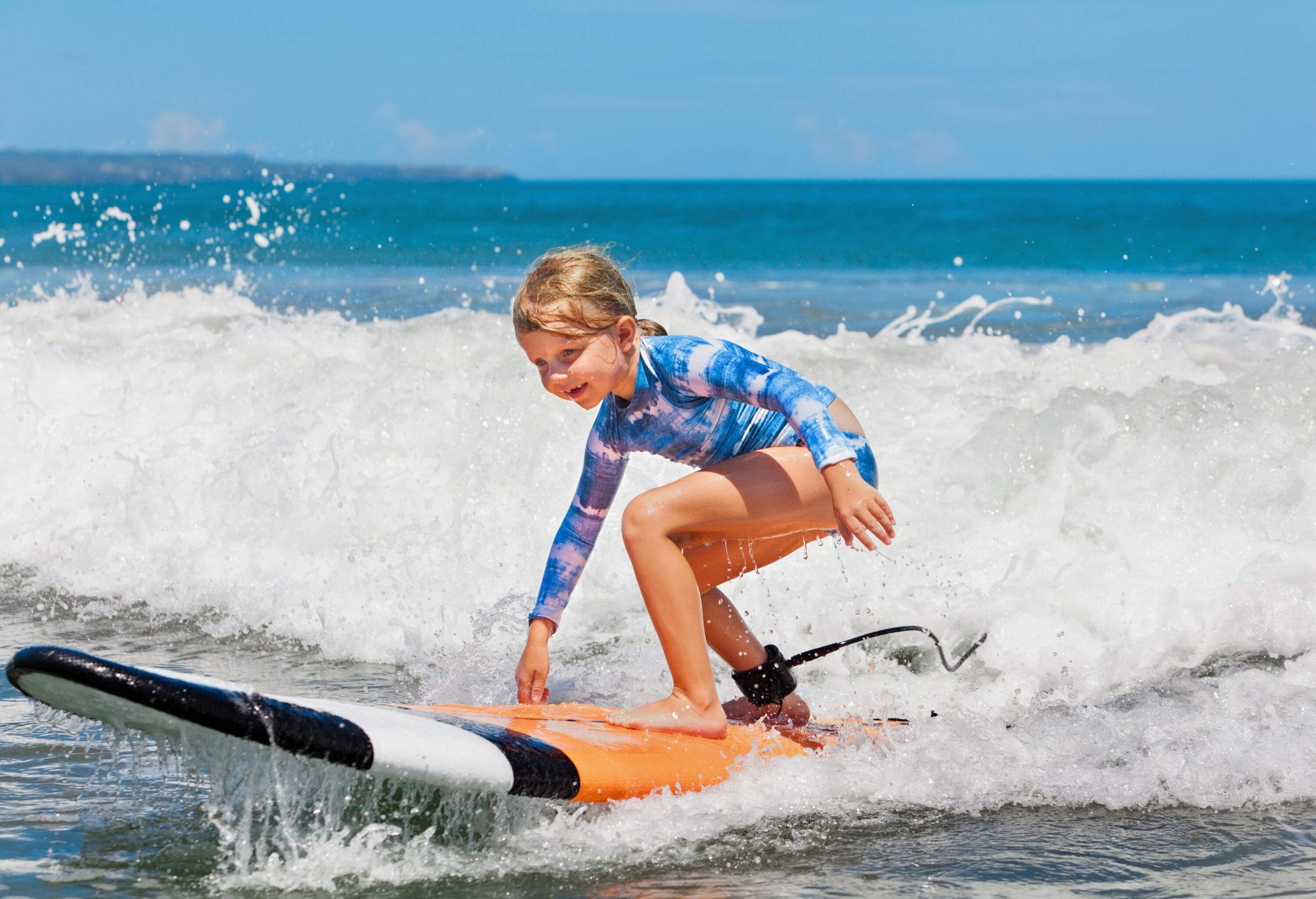Flying to Hawaii may seem straightforward – after all, this remote island chain in the Pacific is primarily only reached by plane – but it can be tricky for travelers to figure out which Hawaii airports to fly to.
Some may think it’s best to fly into Honolulu first, while others might not even realize some islands have two airports on opposite coasts. For minimum airport time and maximum beach time, I’ve created this guide to the major airports in Hawaii.
Here’s everything you need to know before you book your next Hawaiian vacation. And, of course, when you’re there, you’ll want to leave as minimal an impact as possible on the islands’ delicate resources for future generations. Read up on how to be a respectful traveler before you fly and have a magnificent time.
Daniel K. Inouye International Airport (HNL)
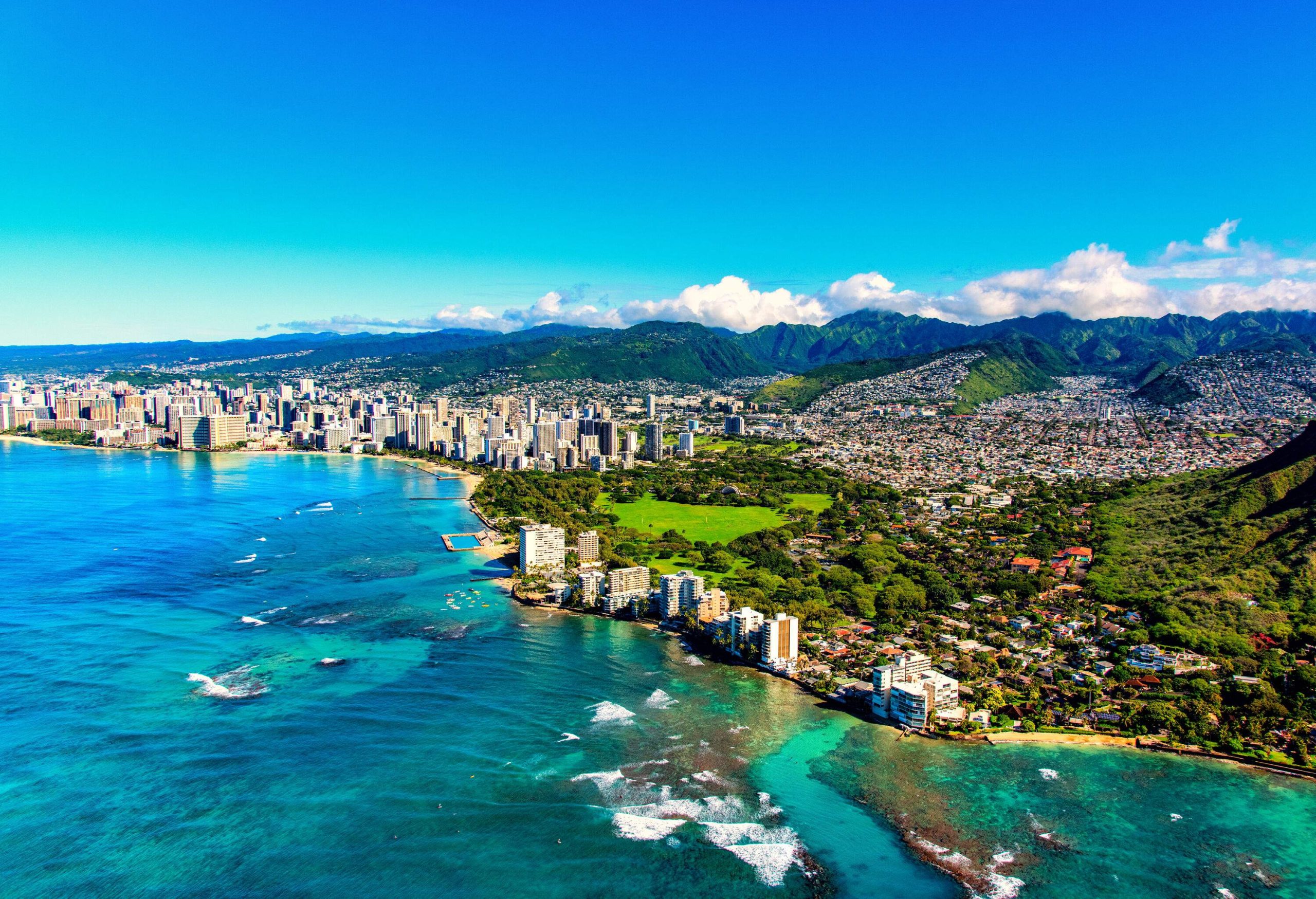
Located along the picturesque south shore of Oahu, the Daniel K. Inouye International Airport (HNL), also known as Honolulu International Airport, is the biggest Hawaii airport and the busiest. Over 21 million passengers walk through the nearly century-old airport’s terminals each year. 21 different carriers use the airport, such as Hawaiian Airlines, Delta Airlines, All Nippon Airways and Southwest Airlines. Both domestic and international flights use the airport’s four active runways, including the world’s first major runway built offshore on a reef.
Terminals at Daniel K. Inouye International Airport (HNL)
HNL is home to three terminals, but most travelers will use just two depending on their destinations.
- Terminal 1 is exclusively for Hawaiian Airlines flights to the mainland, international and between islands.
- The larger Terminal 2 was once called the Overseas Terminal and serves flights to the mainland or international destinations. If you’re not flying with Hawaiian Airlines, you’ll be using Terminal 2.
- Terminal 3 is for commuters on inter-island airlines like Mokulele Airlines
In recent years, HNL has undergone significant renovations, introducing new pedestrian sky bridges and a modernized concourse for Terminal 1, reminiscent of airports such as San Francisco International Airport (SFO) or Los Angeles International Airport (LAX).
Unlike many major mainland airports, I have found navigating Honolulu International Airport to be much easier, with the two main terminals located within a short walking distance of each other – no missed connecting flights here. There’s also a shuttle called the Wiki Wiki available for added convenience.
How to get to Daniel K. Inouye International Airport (HNL)
Getting to the airport is relatively easy as it’s only 10 miles from Waikiki, or a 20- to 45-minute drive, depending on traffic. I live in central Honolulu and almost always get to the airport in under 30 minutes.
Food options at Daniel K. Inouye International Airport (HNL)
As far as food goes, HNL has the most options out of all the Hawaii airports. Choose between 7 sit-down restaurants and take-out places like California Pizza Kitchen and Chow Mein Express. For those who fancy a beer, Island Brews & Torn Basil offers pizza and local beers.
“If you’ve got a while to go until boarding, make sure to explore the airport’s cultural gardens, which include Chinese, Hawaiian and Japanese varieties and offer a welcome respite from hectic airport energy.”
Kahului Airport (OGG)
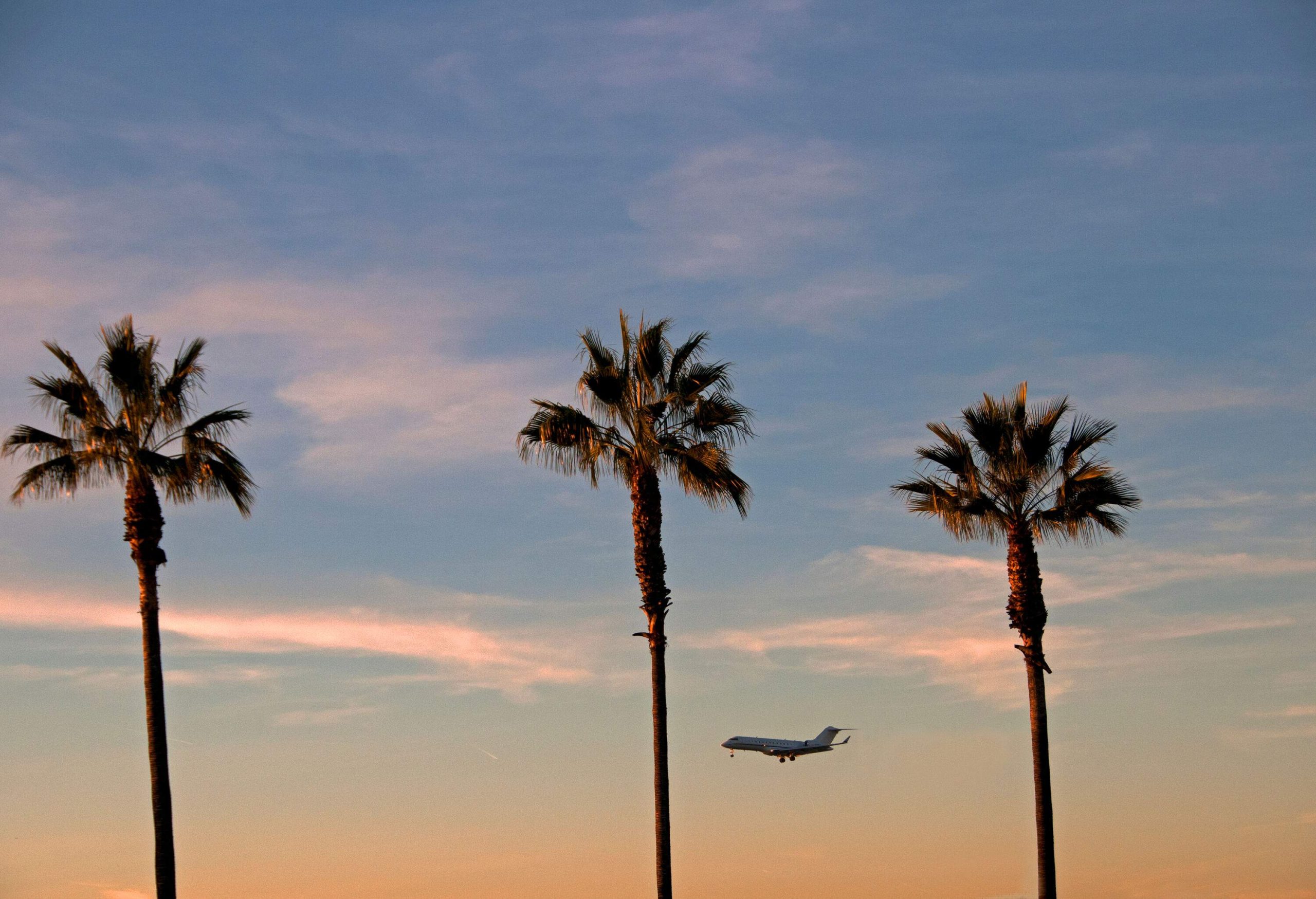
If you’re headed to Maui for Haleakala, soft sand beaches and wild Hana, you’re going to fly into Kahului Airport. Also known as OGG – after former Hawaiian Airlines Chief Pilot Jim Hogg – it’s the second-busiest airport in Hawaii, welcoming flights from 10 different airlines, including United Airlines and American Airlines, on its two intersecting runways. Over 140 flights per day depart OGG to cities such as San Diego, Phoenix or Chicago, meaning passengers can save time by skipping a connecting flight in Honolulu.
Terminals at Kahului Airport (OGG)
Most travelers will spend their time in the Main Terminal located in the Central building, as the other terminal (the Commuter Terminal) is for commuters on island carriers like Mokulele Airlines. While there is Wi-Fi available, there are no baggage or locker facilities here. Travelers have noted fairly limited seating as well. Since you need to be baggage-prepared, check out KAYAK’s Flight guide and find out how to know if check-in or carry-on luggage is right for you.
How to get to Kahului Airport (OGG)
Getting to and from OGG can be a bit of a headache and travelers should plan accordingly for a long drive, since traffic can back up on the many one-lane roads connecting Maui. During one trip to the Valley Isle, I was staying in Kapalua, located on the northwestern tip of the island, and it took over an hour to get to and from the airport.
It’ll also be at least 45 minutes to drive to popular hotel areas like Wailea and Kaanapali. Keep in mind the rental car facility at OGG is an 8-minute walk from the terminal, and since the Maui sun is hot, you may want to take the free tram instead.
Food options at Kahului Airport (OGG)
There are just two restaurants to choose from in OGG: Sammy’s Beach Bar & Grill and Stinger Ray’s Tropical Bar & Grill. (If these sound familiar, that’s because they’re also in HNL.)
“You can stop at a local eatery in Kahului before heading to the airport for better food at a cheaper price. Less than two miles from the airport, Da Shrimp Hale is a great local seafood spot, or there’s Faithful Grinds, which serves up local fare like loco moco.”
Lihue Airport (LIH)
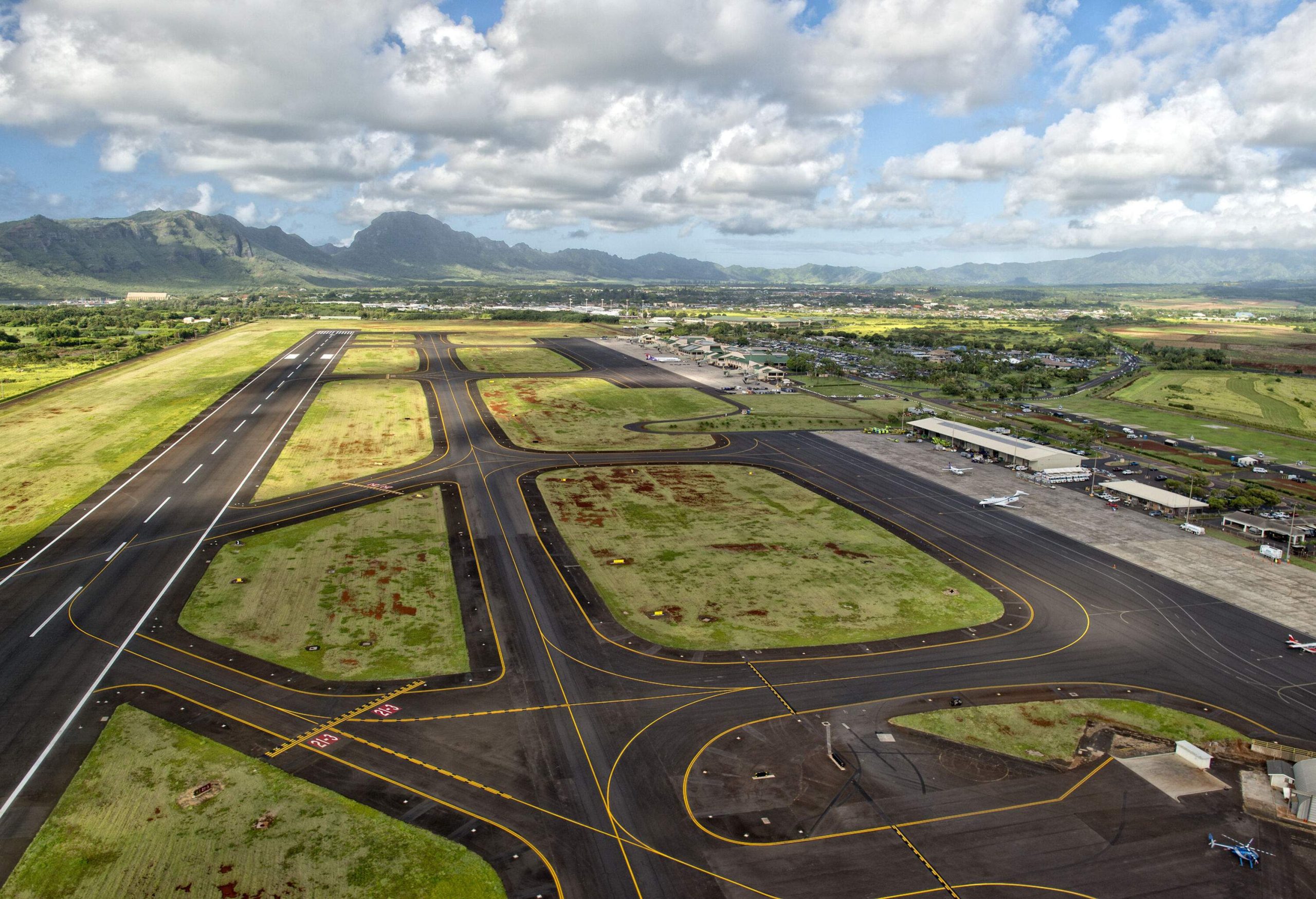
The slow-paced island of Kauai has only one airport: Lihue Airport, or LIH. The airport is affectionately named after the biggest city on the Garden Isle, Lihue, which is still relatively small compared to Honolulu.
Terminals at Lihue Airport (LIH)
With only one terminal, this airport has 10 gates that serve 6 carriers: Alaska Airlines, American Airlines, Delta Airlines, Hawaiian Airlines, United Airlines and WestJet. Some cities like Los Angeles, Seattle, Las Vegas, Vancouver and Denver have flights that go directly to Lihue, no layover in Honolulu necessary.
How to get to Lihue Airport (LIH)
Definitely account for traffic when heading to the airport. Kauai is accessible through two main roads. If your stay is in the northern area of Princeville, the drive down to Lihue might take up to an hour. Conversely, if you’re staying in the southern vicinity near Koloa, the drive to the airport could be approximately half an hour.
Amenities at Lihue Airport (LIH)
The plus side of this small, open-air airport is you’ll be hard-pressed to get lost as there’s only one building. However, LIH is also pretty outdated, so amenities are scarce and there isn’t much for passengers to do to pass the time. There are five places to grab food and drinks, all offering local brews and island-inspired cuisine. You’ll also find three souvenir shops. Regrettably, amenities such as charging stations and Wi-Fi service are not available at LIH, so it’s best to ensure your devices are fully charged before your arrival.
Kona International Airport (KOA)
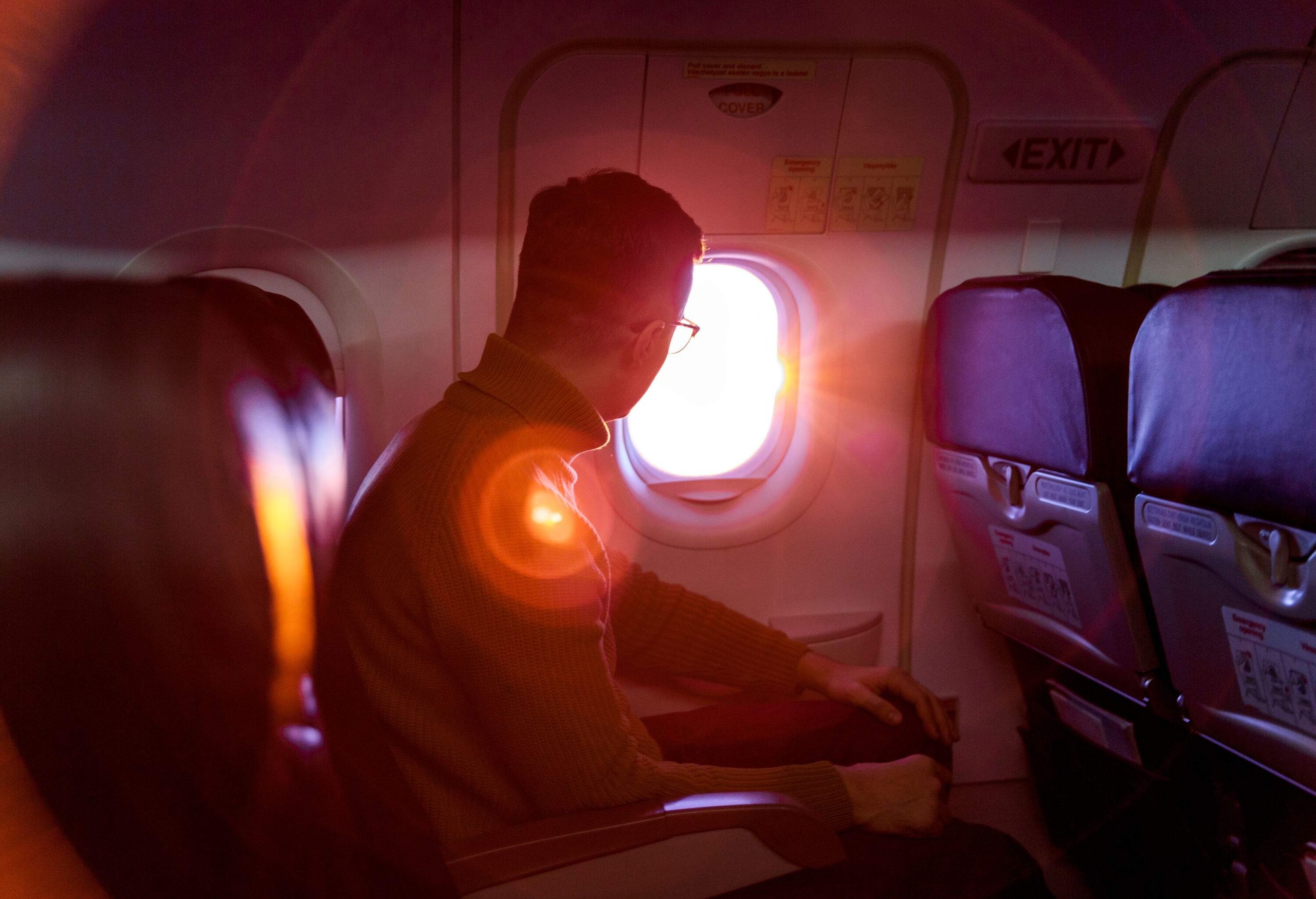
Situated 7 miles northwest of Kailua-Kona, the Kona International Airport at Keahole stands as the primary airport on Hawaii Island, one of two in the region. Travelers seeking the sun-soaked beaches and golf courses along the Kohala coast will inevitably pass through KOA’s terminals.
Located on lava fields, this quaint, open-air airport serves 10 airlines, including Japan Airlines, United Airlines, Southwest Airlines, Hawaiian Airlines, Air Canada, Alaska Airlines, American Airlines, Delta Airlines, WestJet and Mokulele Airlines. Besides the US, KOA offers flights between Canada and Japan.
Terminals at Kona International Airport (KOA)
Although there are two terminals, KOA has just one security checkpoint, so it’s easy to navigate the airport. All but one of the gates are outdoors, so if you need respite from the hot Kona sun or to recharge your phone, head to Gate 11. This new gate is much more modern than the rest of the airport, and there’s a new bathroom too. Since the airport offers free Wi-Fi, post up here if you have time to kill.
How to get to Kona International Airport (KOA)
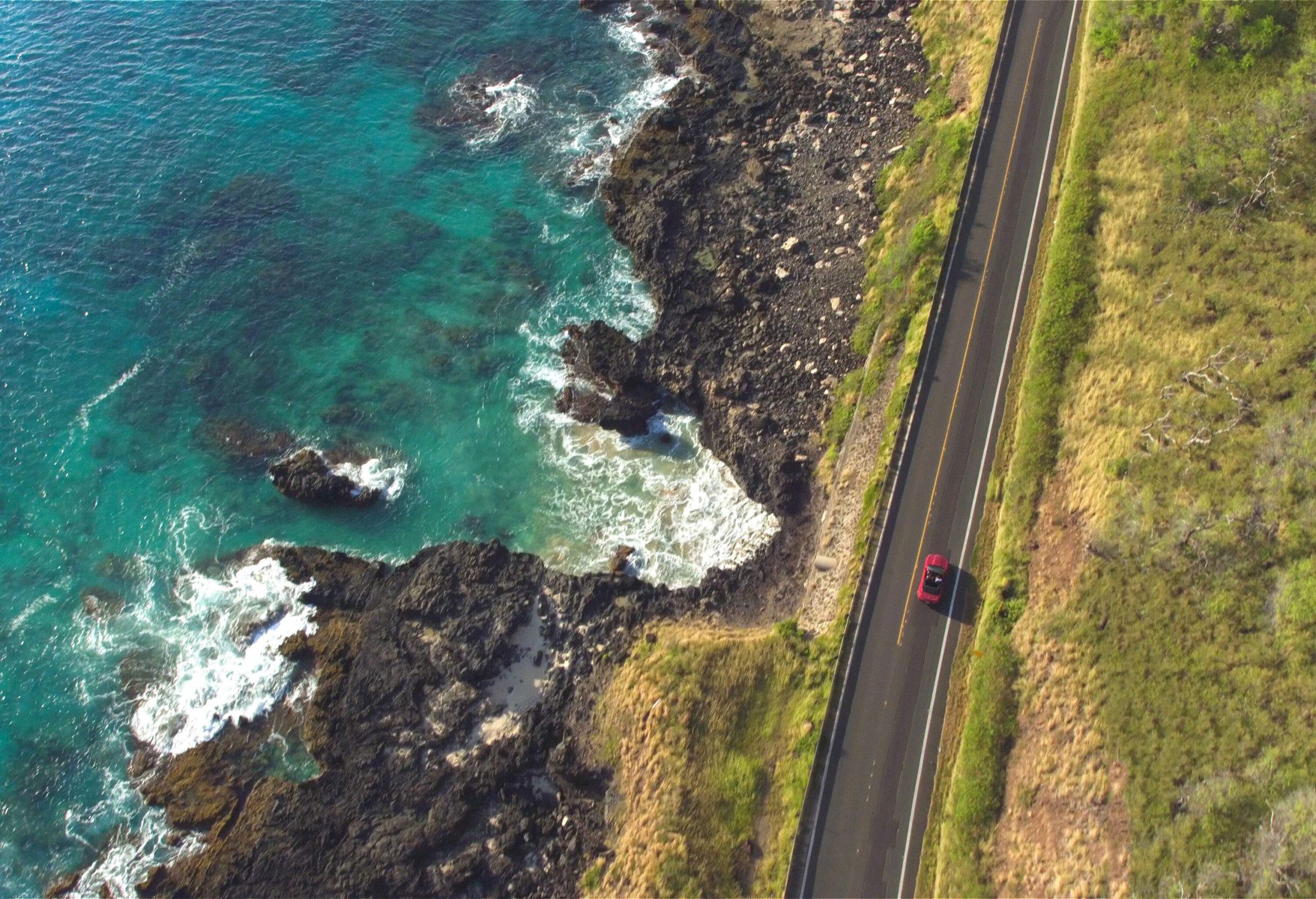
Getting to and from the airport is a relatively quick car ride if you want to bask in the sunshine of Hawaii Island’s western coast. Most resorts on Hawaii Island are more conveniently reached by flying into KOA instead of Hilo International Airport (ITO). I recently stayed at the Four Seasons Resort Hualalai and it was just a 12-minute drive. To the popular resort area of Waikoloa, it’s a 30-minute drive and around 20-minutes to Kailua-Kona by car.
Food options at Kona International Airport (KOA)
KOA offers only one dining option, Laniakea Cafe, which isn’t a sit-down restaurant but follows a cafeteria-style serving approach with options like hot dogs, sandwiches and local-style dishes such as teriyaki chicken. The cafe itself is tiny and in all my visits to KOA, I’ve never found seating inside. Fortunately, there are a few tables outside and seating available near the gates.
For a more satisfying dining experience, I recommend having a meal before arriving at the airport. Personally, I often choose Pine Tree Cafe, a fantastic spot for delicious and hearty local fare, just a 5-minute drive from the airport.
Hilo International Airport (ITO)
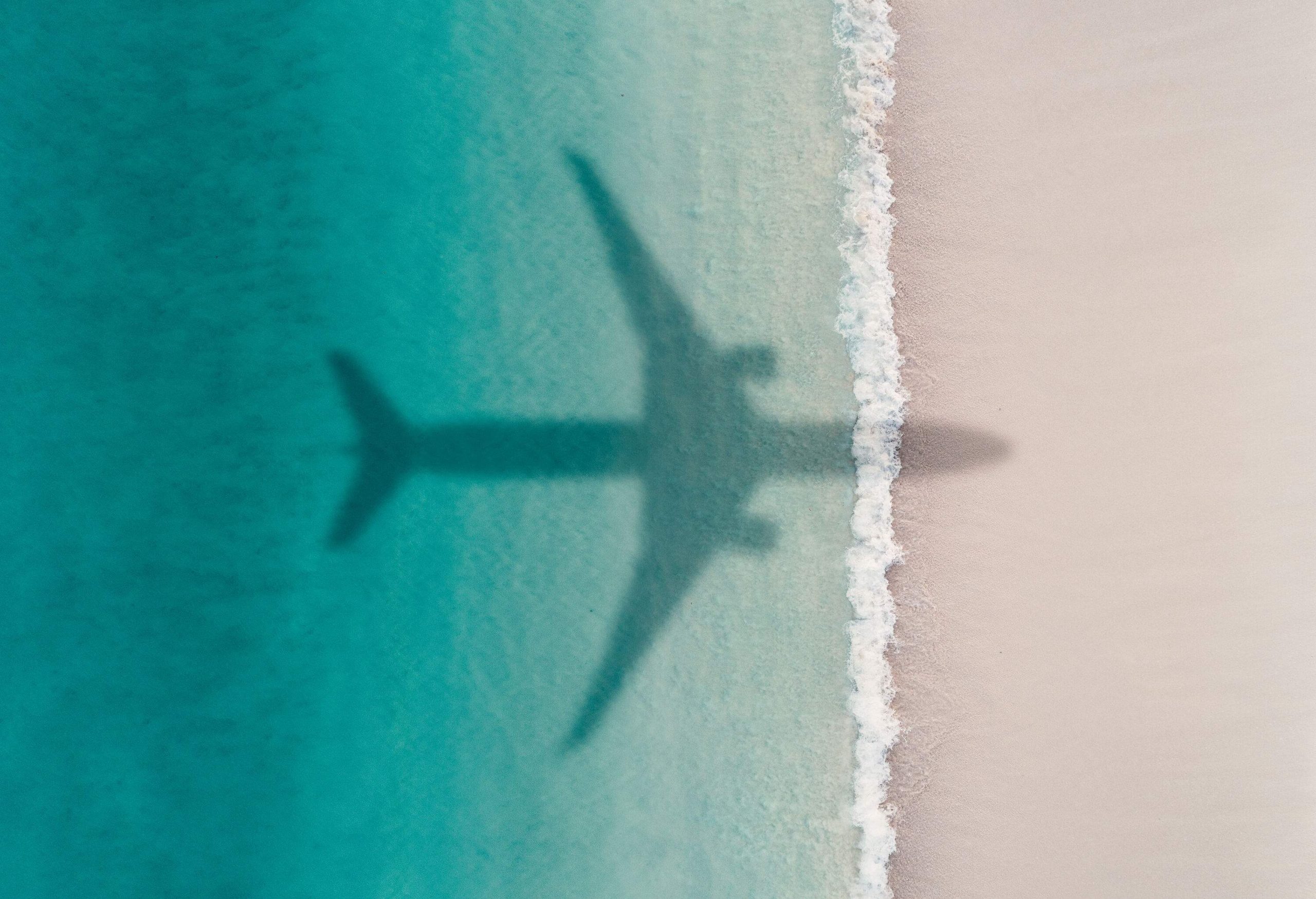
On the eastern coast of Hawaii Island, Hilo International Airport, or ITO, is the airport of choice for travelers hoping to explore Hawaii Volcanoes National Park, pristine waterfalls or the town of Hilo. Compared to its Hawaii Island airport counterpart, Hilo International Airport is less busy in terms of passengers and flights. Around used Hilo International Airport in 2022, just a third of what KOA saw.
Only 4 airlines – Hawaiian Airlines, Southwest Airlines, Mokulele Airlines and United Airline – use ITO, mostly for flights between the neighbor islands. However, there are a few exceptions: Southwest Airlines has a direct flight to San Diego (SAN), Hawaiian Airlines has one to Las Vegas (LAS), and United Airlines has one to Los Angeles (LAX).
Gates and amenities at Hilo International Airport (ITO)
With only 9 gates in one building, ITO is an easy-to-navigate airport. Instead of benches or rows of seats, it reflects Hilo’s small-town charm by providing visitors with old Hawaiian koa wood furniture for lounging. There’s a single Hawaiian Airlines lounge, a simple air-conditioned room offering snacks and drinks. If you’re hungry, the airport has only one restaurant and a take-out eatery, both serving local foods.
When to choose Hilo International Airport (ITO) and how to reach it
Once used for military operations, ITO is conveniently located just two miles from Hilo, or a 10-minute drive. One of Hawaii’s most popular attractions, Hawaii Volcanoes National Park is just a 45-minute drive from ITO, but over two hours by car if you fly into KOA.
“Although understated, the gardens at ITO are worth a gander, especially if you have spare time. Hilo is a lush location, and the airport mimics that by featuring native plants and even a ceramic sculpture from 1980 called ‘Lava Forest.”
Best Hawaii airport to fly into
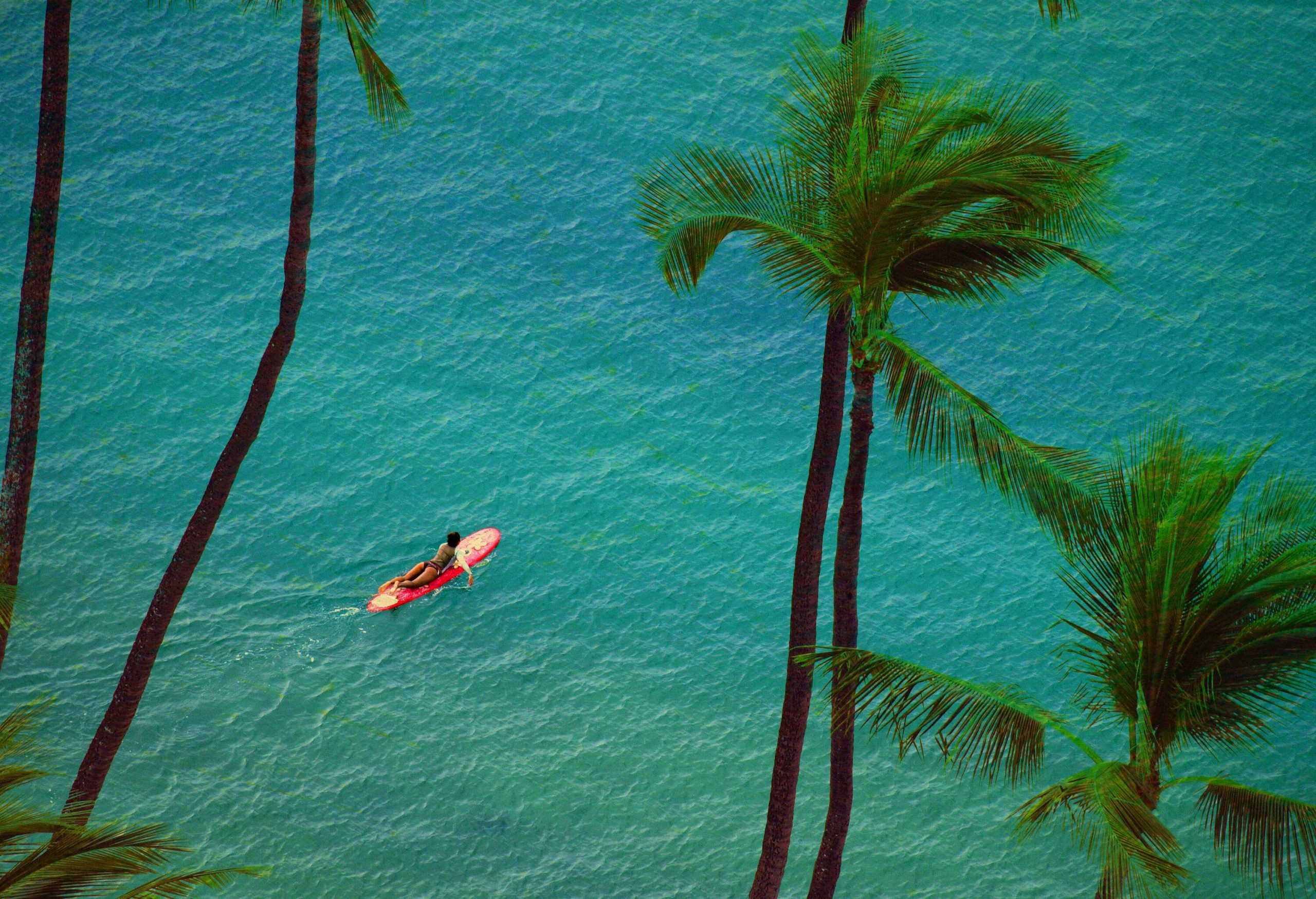
Now that you know the ins and outs of Hawaii’s major airports, it’s time to pick which one is right for you. Travelers from the West Coast of the US and some other lucky destinations have direct options to the five major islands, so most others will end up with a layover in Honolulu International Airport. Thankfully, Hawaiian Airlines and Southwest Airlines have nearly hourly island-hopping options, and the flight is so fast you won’t be waiting at the airport for very long. If you do have the option of a direct flight to Maui, Kauai or Hawaii Island, definitely do it because you’ll save at least a couple of hours.
No matter where you land, the flight to Hawaii will be at least five hours, if not more. In that case, you might want to know how to actually have fun on the plane.
How this guide was created
As a travel journalist who grew up and is based in Honolulu, I spend a great deal of time flying to and from Hawaii and between the neighbor islands for work. At this point, I’ve mastered the art of flying to Hawaii. This guide puts together everything I know about the Hawaii airports from first-hand experience, as well as extensive research I’ve done into the on-site amenities and different carriers.
For more expert airport information, do not miss more of KAYAK’s airport guides.

